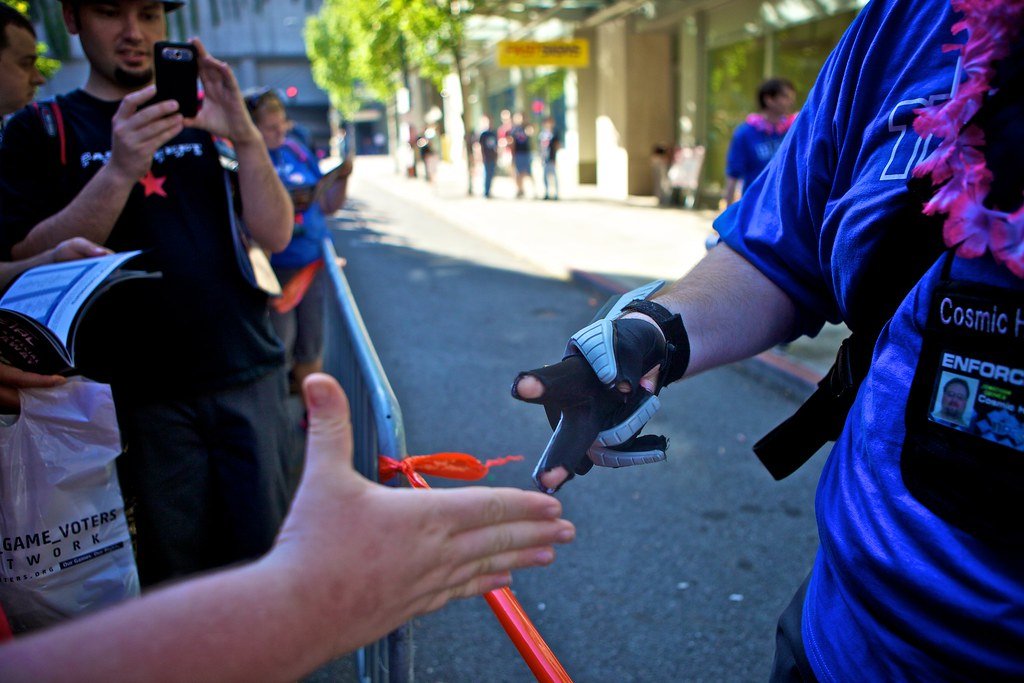Humans have been using dentures, fillings, and implants to replace missing teeth for centuries as imperfect solutions to a problem nature never meant for us to possess. Sharks regrow teeth their whole lives, and mice grow new molars all the time. Humans receive only two sets: baby teeth and permanent teeth. Once they’re lost, they’re lost.
But suppose we could regrow them?
Researchers at King’s College London have made a giant leap in making this happen. Having grown a tooth in a laboratory with success, they’ve opened up the possibility for fully biological regeneration of teeth, something that may make metal implants and crowns obsolete.
The Science Behind Growing Teeth in a Lab
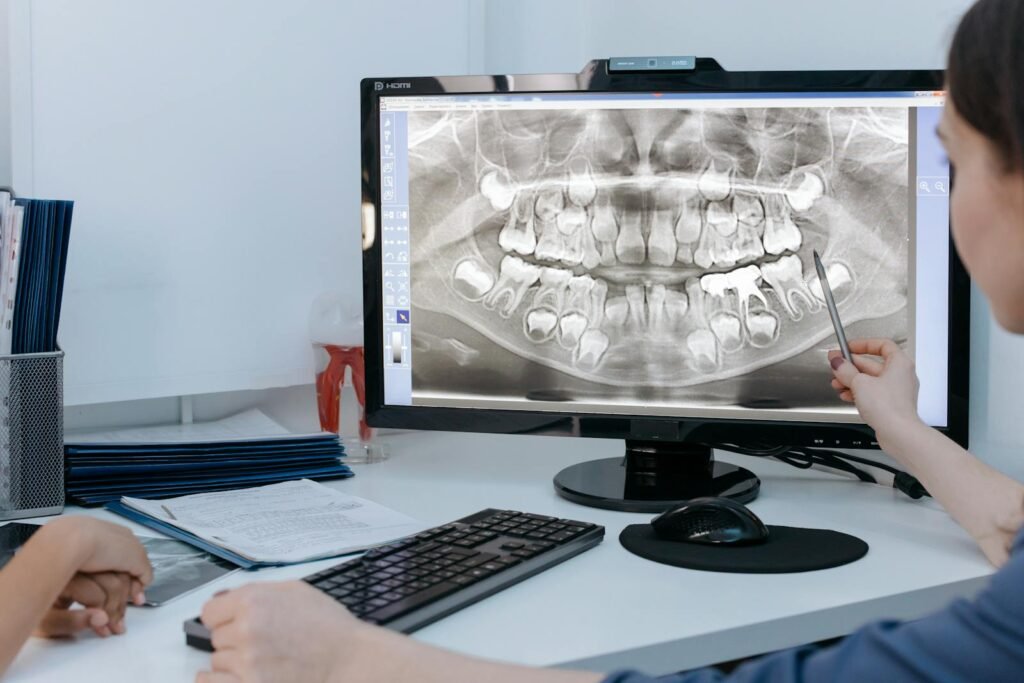
Teeth don’t grow overnight. Their formation is a highly coordinated process in which stem cells become enamel-producing ameloblasts, dentin-producing odontoblasts, and the complex structures that comprise a working tooth.
The King’s College team, collaborating with Imperial College London, has pioneered a specialized biomaterial scaffold that mimics the natural tooth-growing environment. This scaffold allows cells to communicate, effectively “telling” one another to transform into tooth-forming cells.
“By growing a tooth in a dish, we are really filling in the gaps of knowledge,” says Dr. Ana Angelova-Volponi, Director of Regenerative Dentistry at King’s.
Why Implants Might Soon Be Outdated
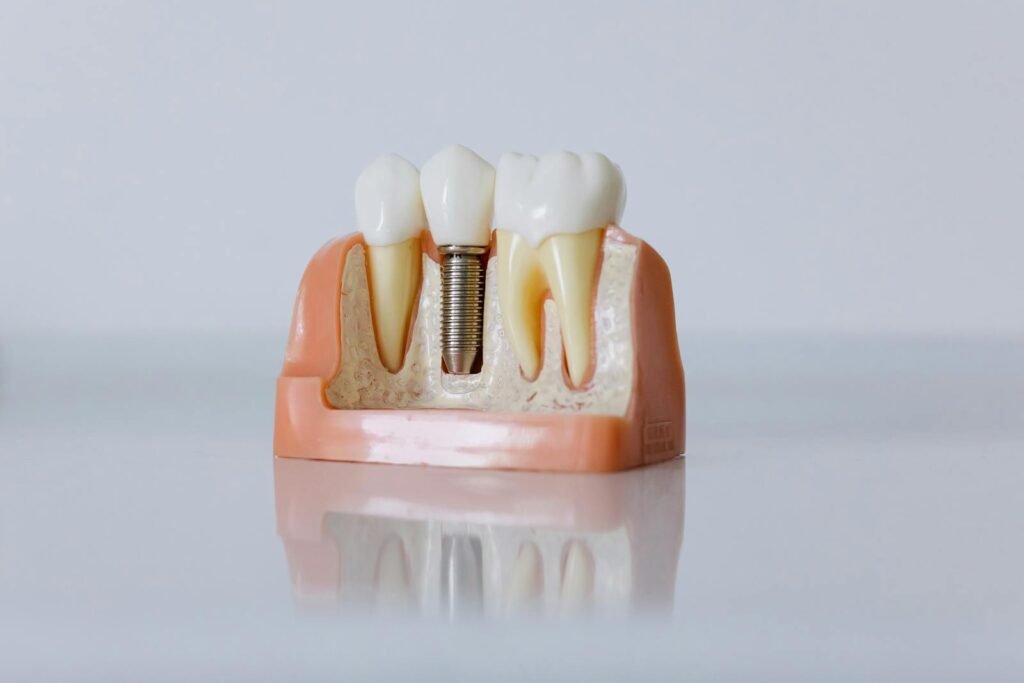
Dental implants, while effective, come with risks:
- Invasive surgery is required to anchor them into the jawbone.
- Bone loss can occur if the implant fails to integrate properly.
- Rejection or infection remains a persistent concern.
“Lab-grown teeth would naturally integrate into the jaw, just like real teeth,” explains Xuechen Zhang, a PhD researcher at King’s. “They’d be stronger, longer-lasting, and free from rejection risks.”
From Petri Dish to Patient: The Biggest Hurdle
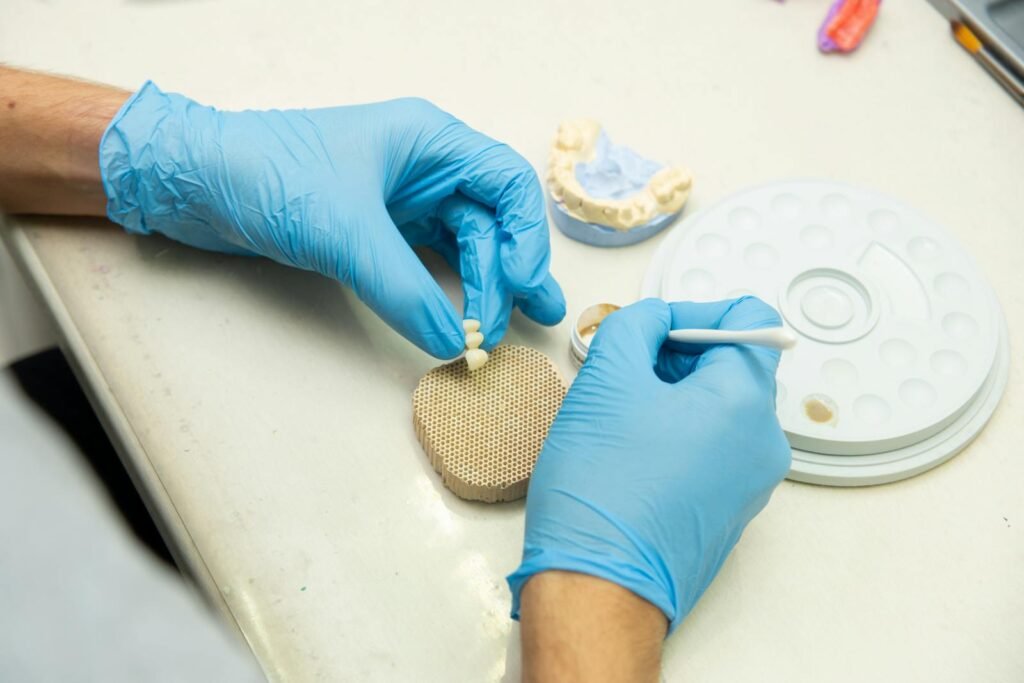
Growing teeth in a lab is one thing, getting them into a human mouth is another. Researchers are exploring two main approaches:
- Transplanting young tooth cells directly into the gums, allowing them to grow in place.
- Fully developing the tooth in the lab before surgically placing it.
Neither method is ready for human trials yet, but the groundwork has been laid.
The Stark Reality of Tooth Loss
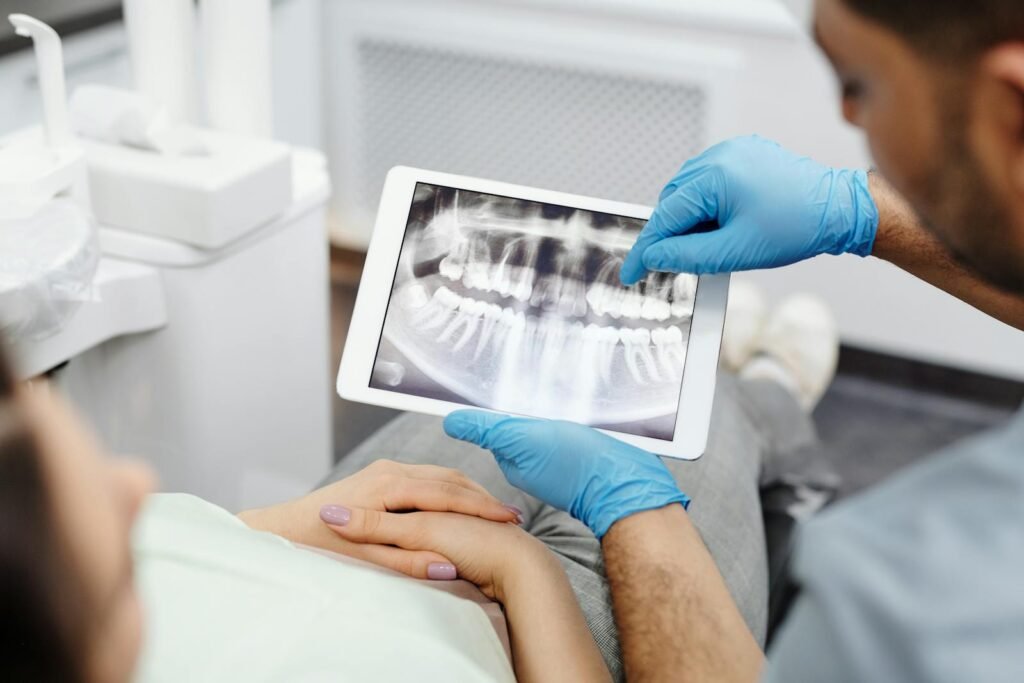
Tooth decay and gum disease aren’t just cosmetic issues they’re public health crises.
- Over half of elderly care home residents suffer from untreated decay.
- Bacterial infections from poor oral health can lead to heart disease and sepsis.
“This technology could be a game-changer,” says Dr. Saoirse O’Toole, a prosthodontics expert at King’s. “Will it arrive in my lifetime? Maybe not. But for future generations, it could mean the end of dentures.”
What’s Next for Regenerative Dentistry?
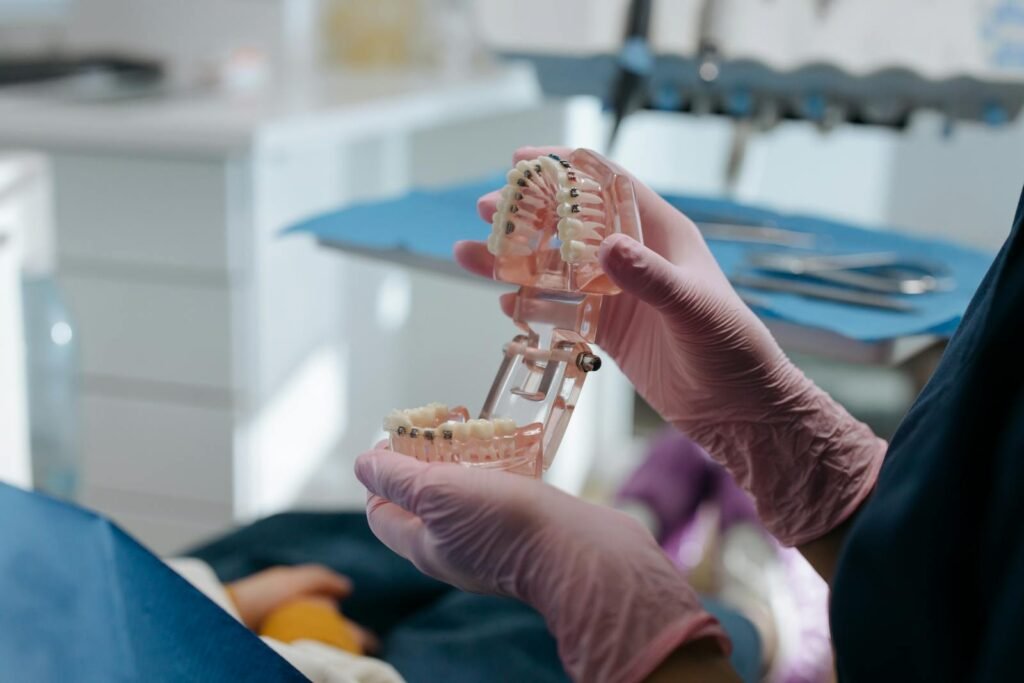
The road ahead is long. Scientists have to ensure lab-grown teeth:
- Develop proper nerve connections for sensitivity.
- Erupt naturally through the gums (as natural teeth).
- Stay affordable relative to implants.
Still, the implications are staggering. If successful, this could eliminate the need for painful implants ushering in an era where lost teeth regrow just like skin or bone.
A Future Without Dentures?
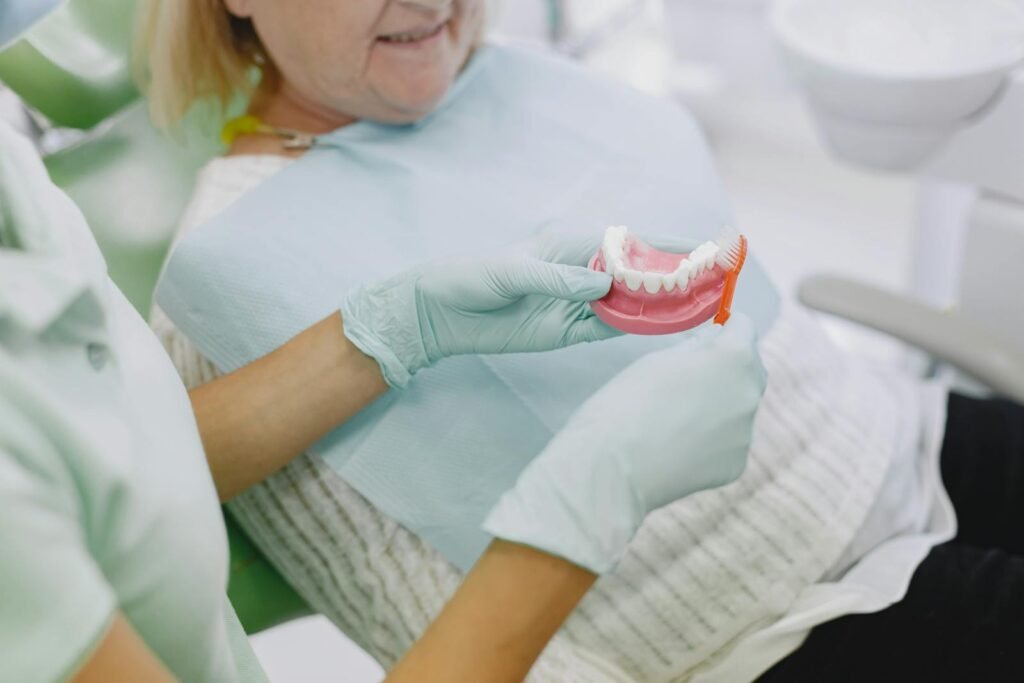
While lab-grown teeth won’t hit clinics tomorrow, the research is accelerating. For millions who struggle with tooth loss, this isn’t just science, it’s hope.
As Dr. Angelova-Volponi puts it: “We’re not just fixing teeth. We’re rewriting what’s possible.”
And for dentistry, that changes everything.
Sources:

Jan loves Wildlife and Animals and is one of the founders of Animals Around The Globe. He holds an MSc in Finance & Economics and is a passionate PADI Open Water Diver. His favorite animals are Mountain Gorillas, Tigers, and Great White Sharks. He lived in South Africa, Germany, the USA, Ireland, Italy, China, and Australia. Before AATG, Jan worked for Google, Axel Springer, BMW and others.


